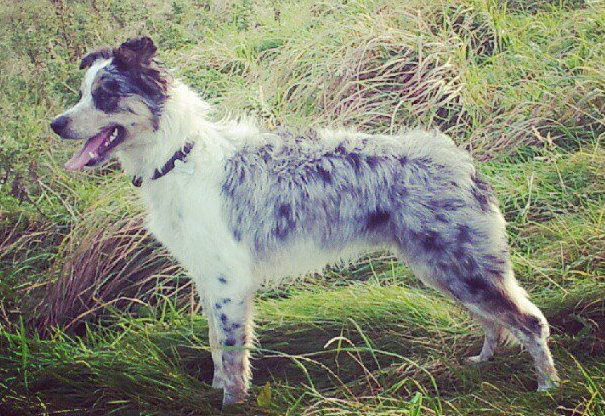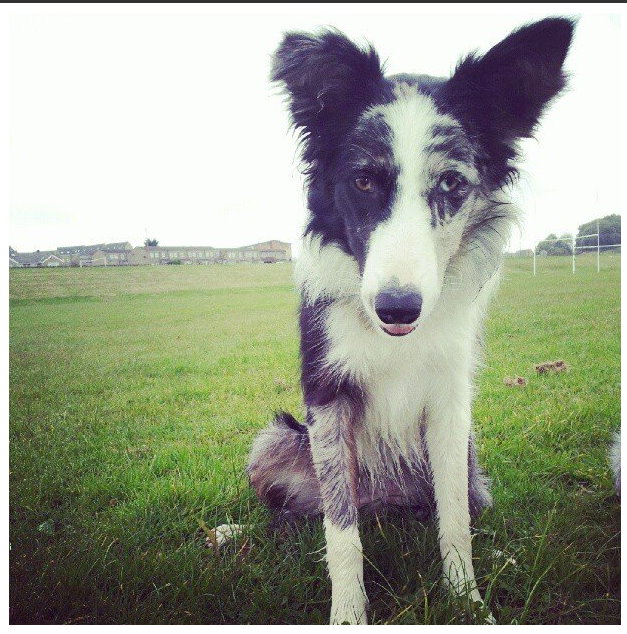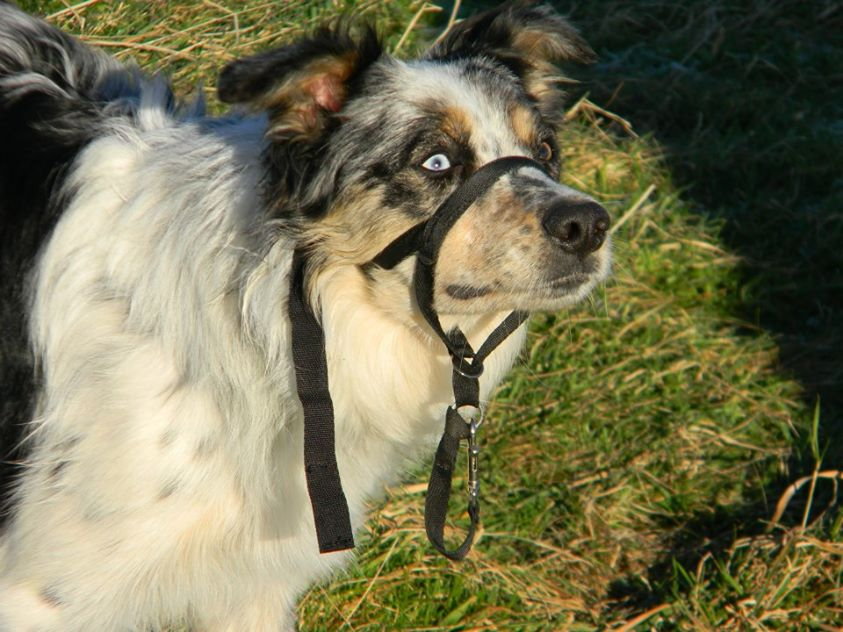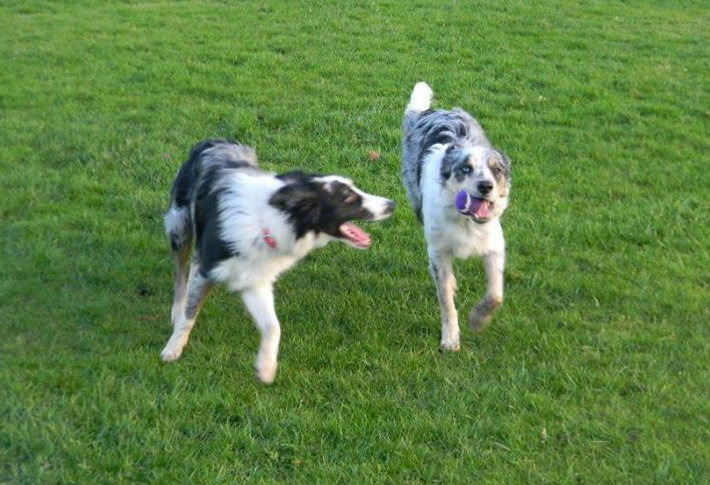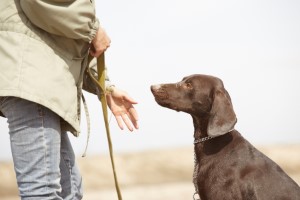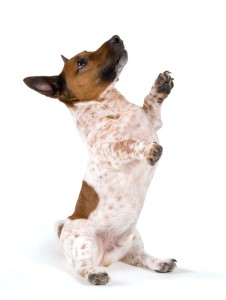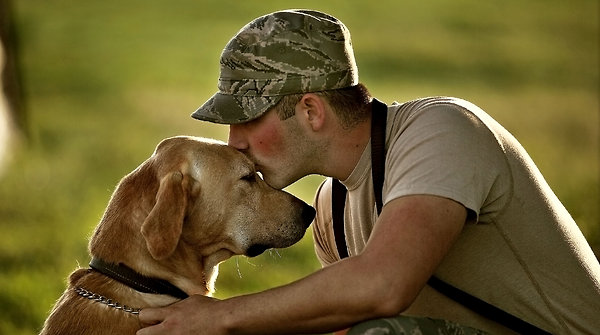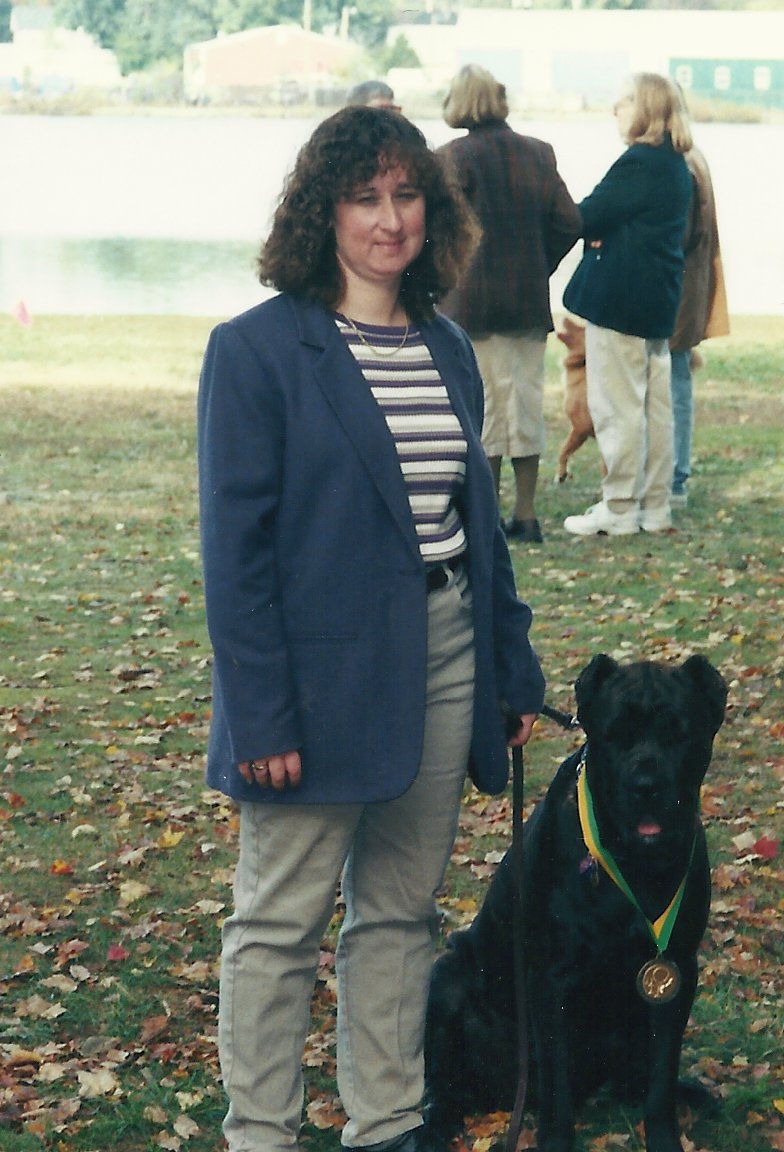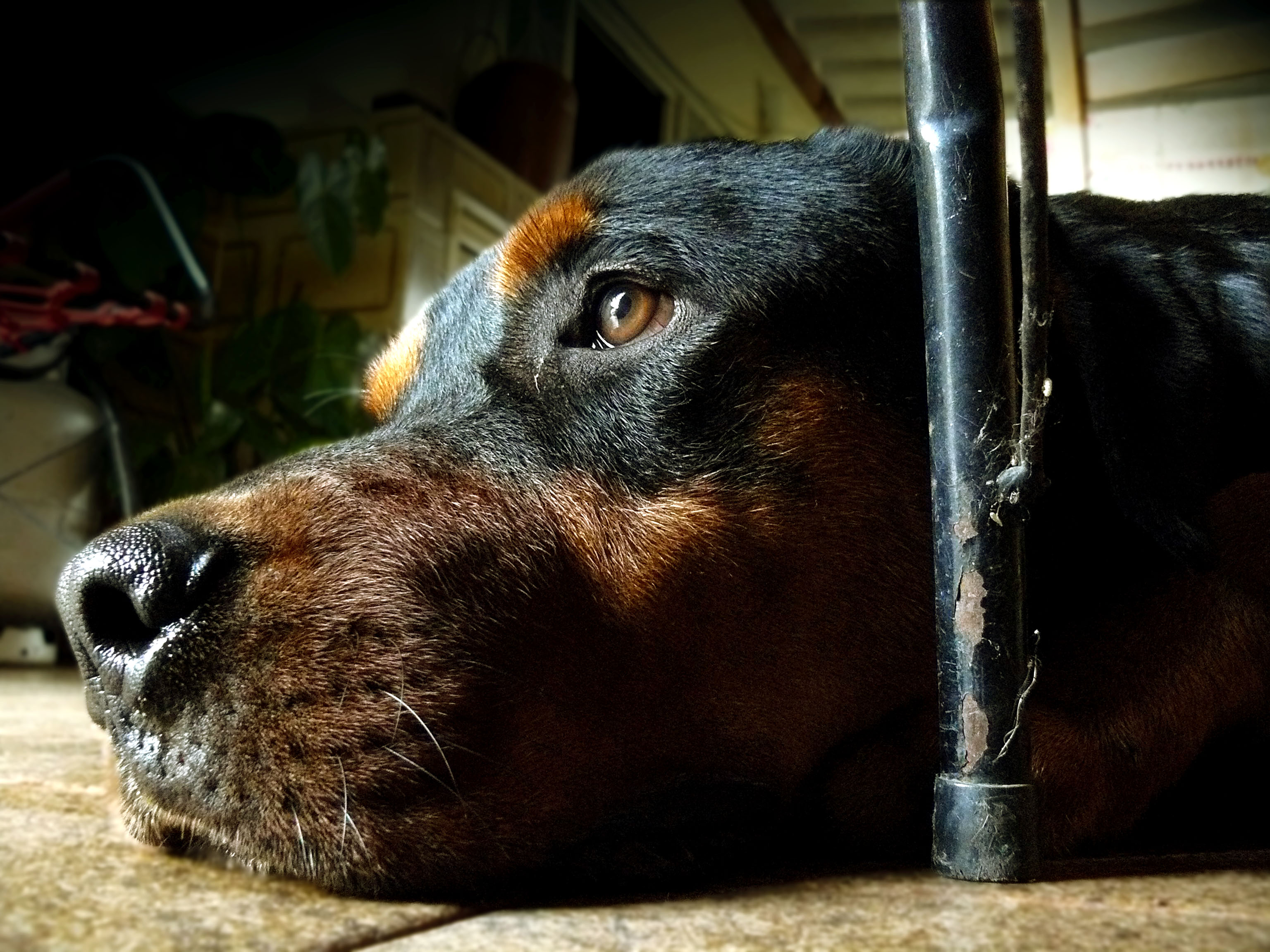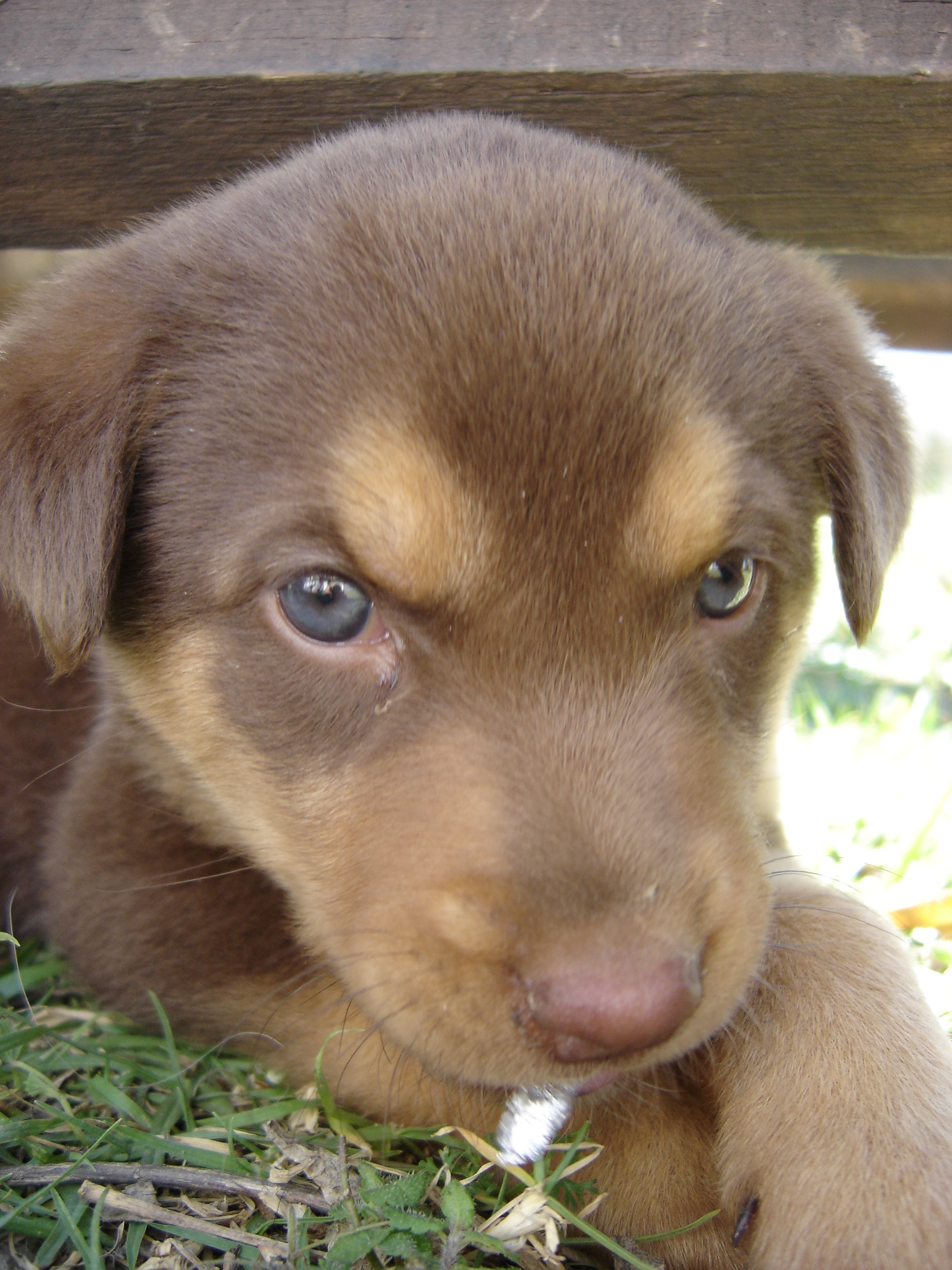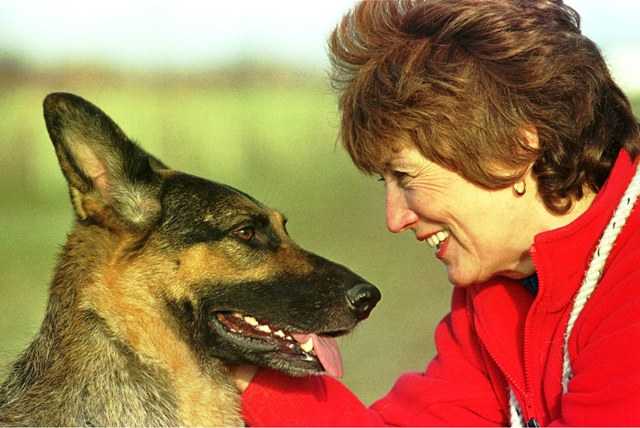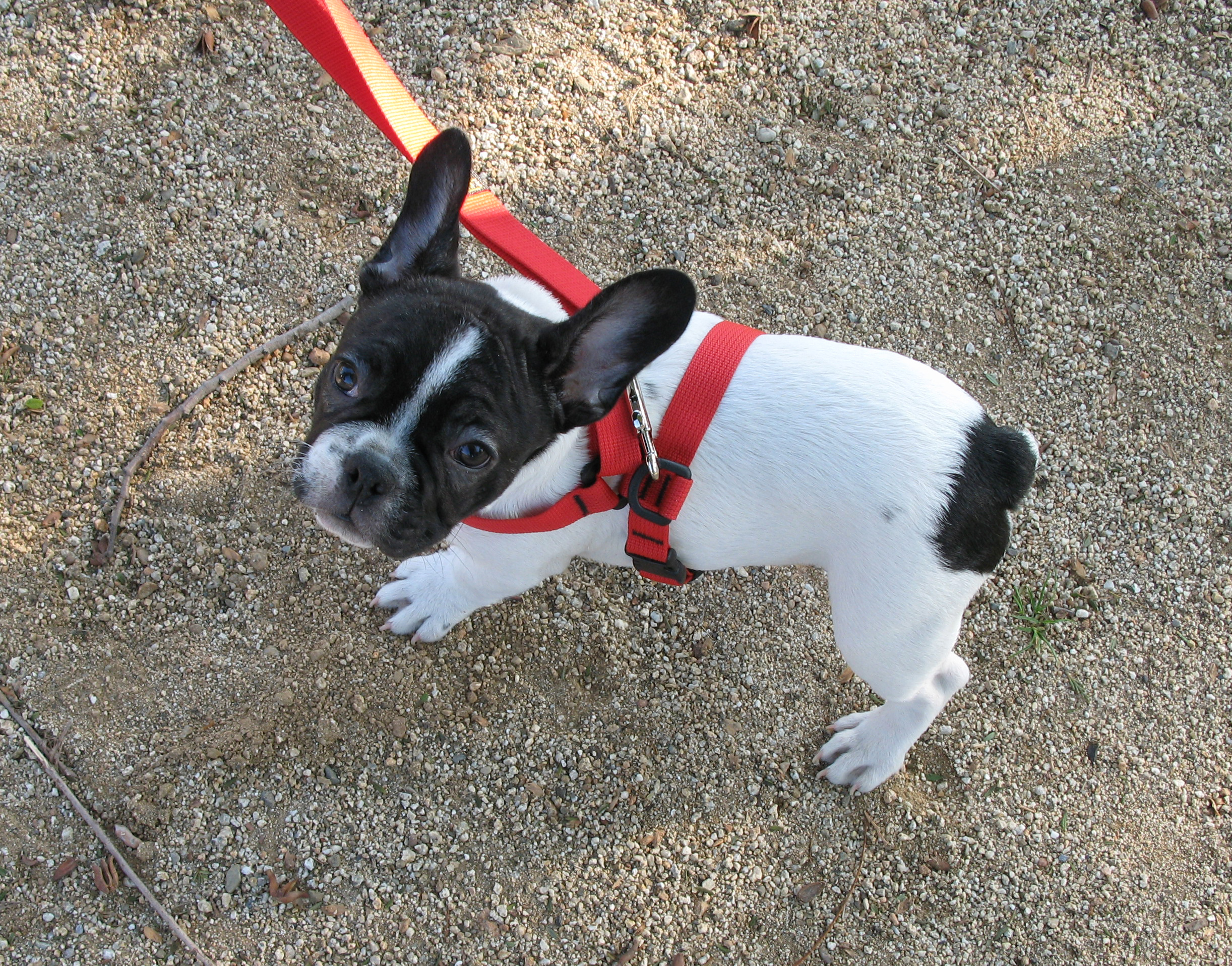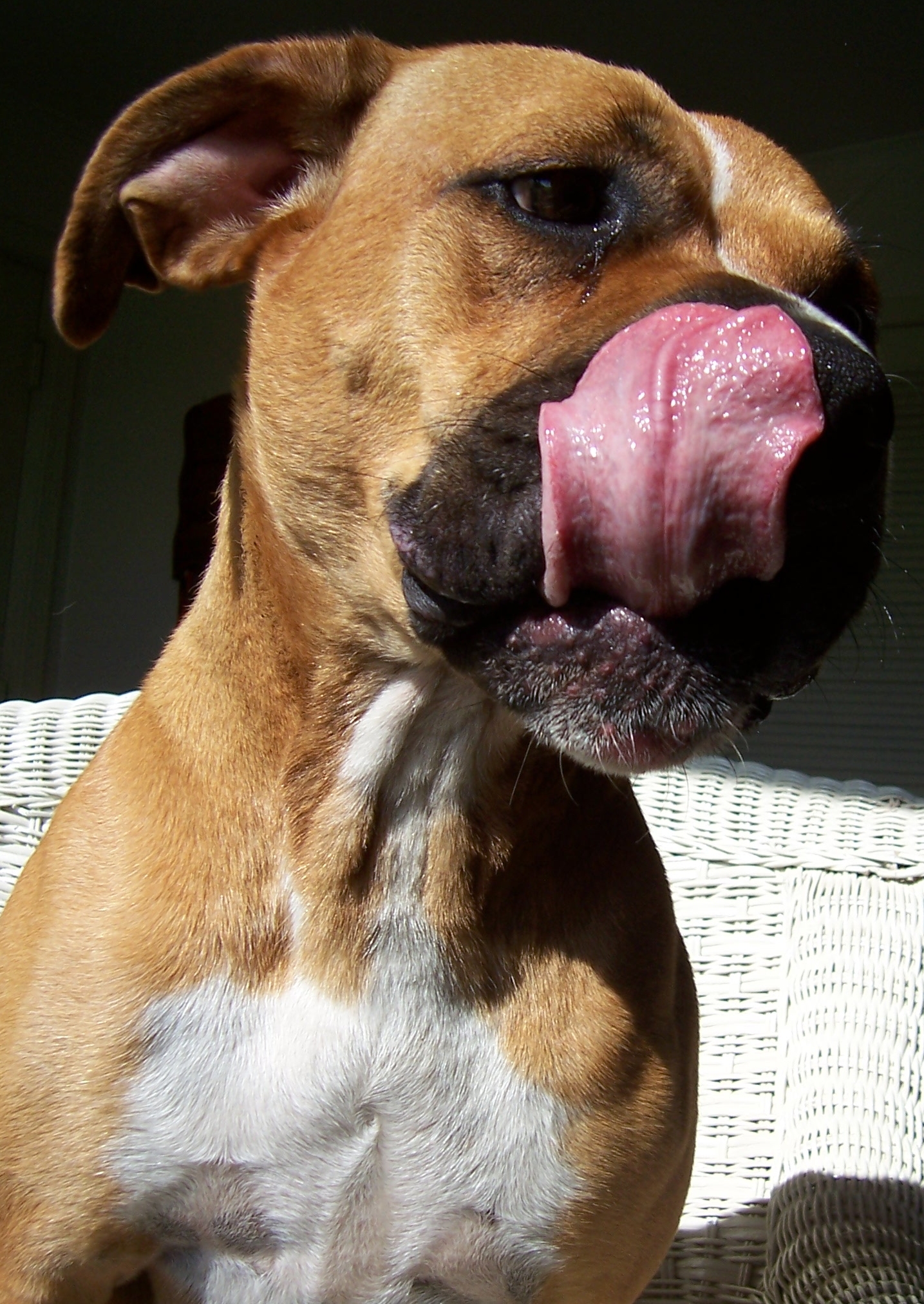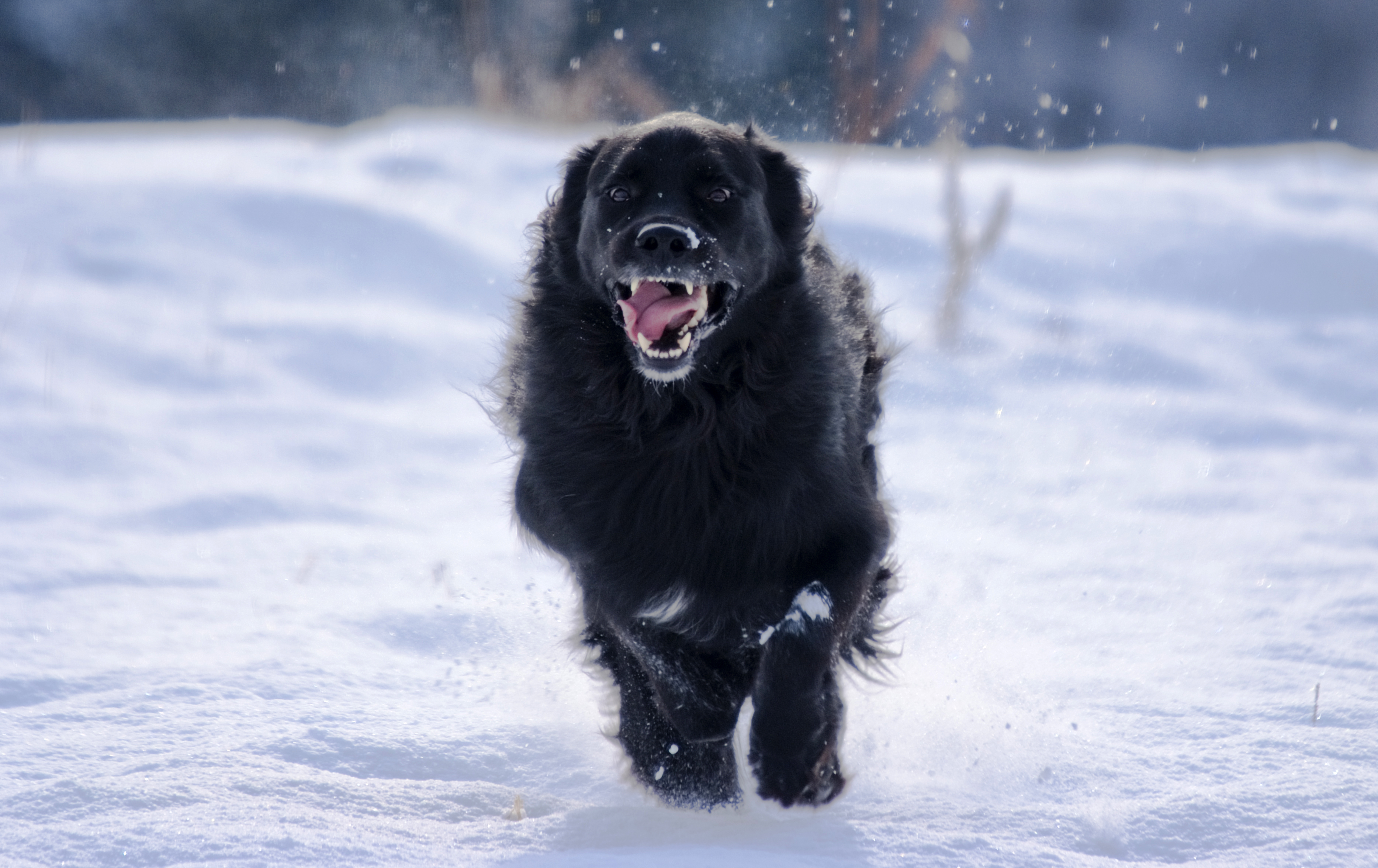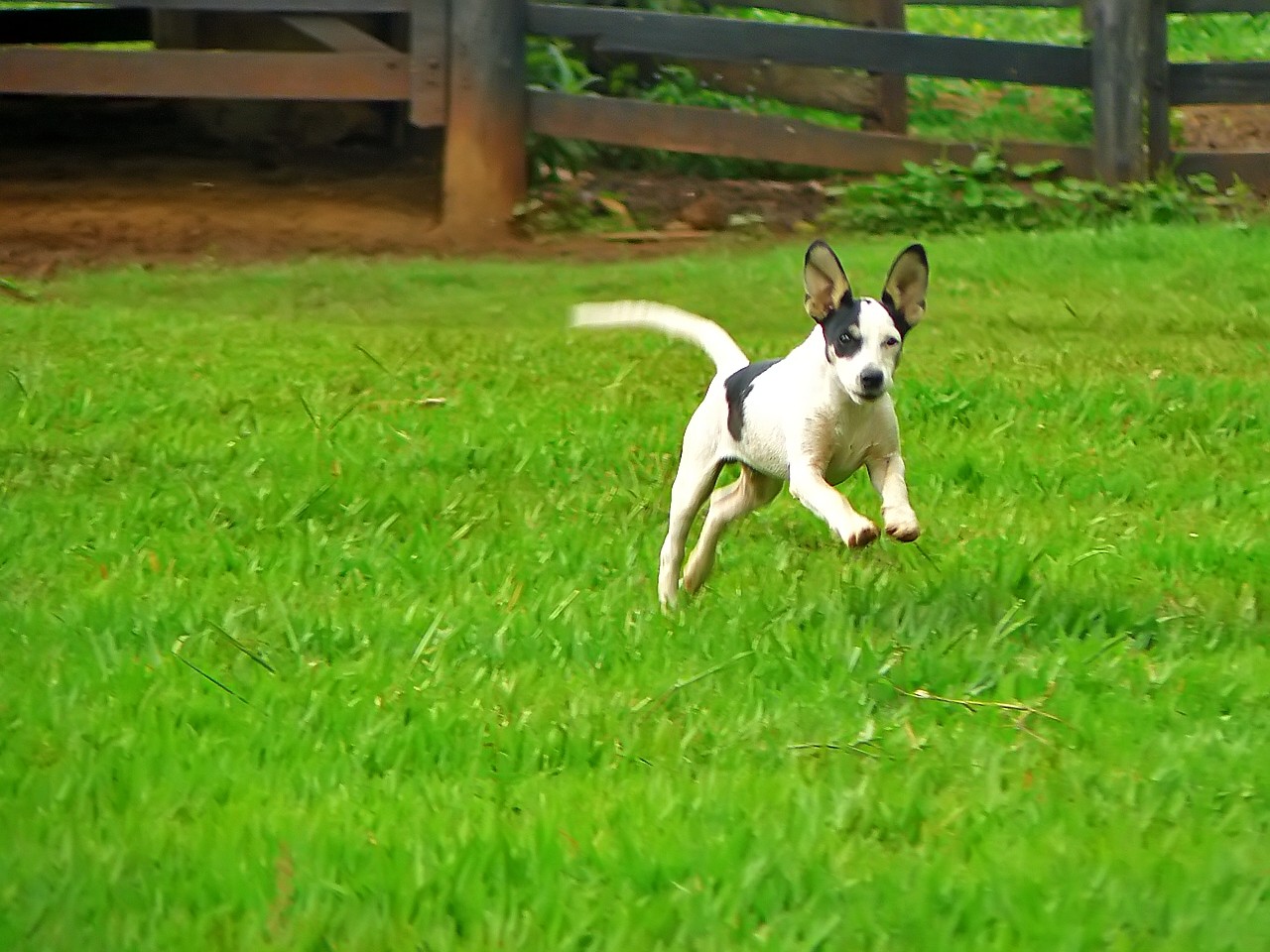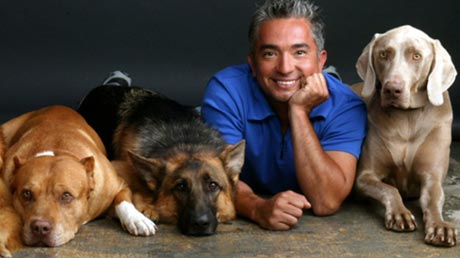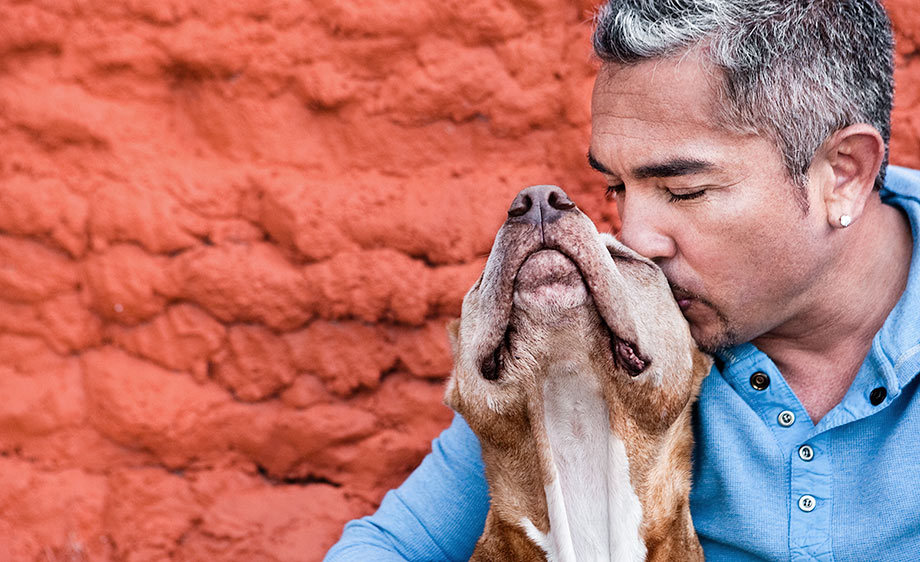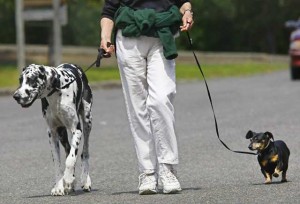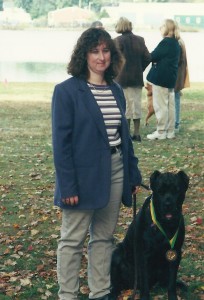Owning a Sporting breed dog that loves to work…
The Search
I currently own a 1 year 3 month old chocolate American Labrador Retriever that has graced Your Pet Space’s blog page (the lab that was sitting in the water bowl) named Aspen. I had been looking for a dog for months, and once I was back in Las Cruces I went with a friend one day to look at dogs in El Paso. I had already had an idea of what dogs I wanted to look at because I went online and wrote down the cage numbers about two nights beforehand. The day was finally here, my friend and I went to lunch, then had a bit of a delay but we eventually made it to the shelter. I went around and looked in the cages to try and see the dogs I had picked out first before asking to take any of them out.
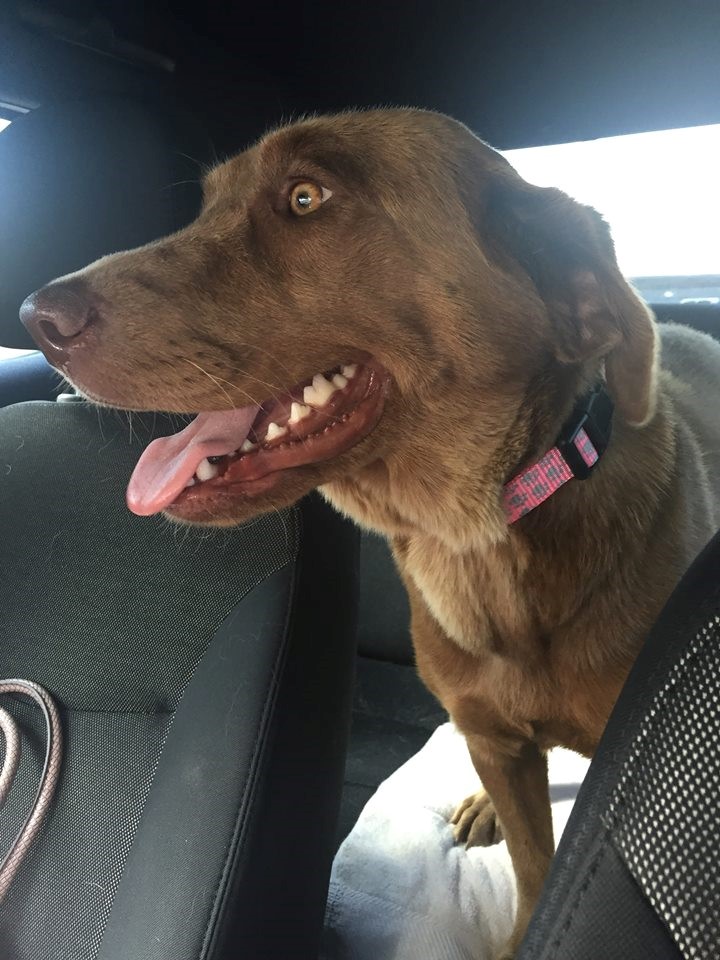
Aspen’s freedom ride!
After taking a while to decide which dog to look at first, I chose one that was with a young Pitbull mix. This 8 month old female pup had only been in the shelter for 3 days, so unfortunately no information was known as to why she ended up there. The shelter pegged her for a Labrador Retriever mix, but I thought otherwise, which I will explain later in the article. She was brought out of her cage she shared and, even though unsure, she was very happy and gave me kisses right away and rested her head in my lap. After that I had to see how she acted around children, men and women of all ages; she did great with everyone. For the last test, I had to see how she would do around other dogs so we went back and got one of my friend’s dogs and brought her along. To my luck, this pup did not seem to mind the dog, or having her ears and tail messed with. That was when I knew she was the right fit so I was the last adoption made that day. She was then spayed about two days later and I was able to pick her up around 3:00pm. I brought her home from the shelter with everything set up to go, including her new name: Aspen.
Thrills of training
Not long after I adopted her, school started up again so she was doing crate training before I had to go back in order to get her ready for it; well, she ended up having a hard time with being in a crate. She would drag things in that were close enough and chew them up, or whine and yowl for about five minutes after my roommate and I left to go to class. She also had no prior obedience training, like most shelter dogs, which was another hurdle I knew we’d have to pass together. Her training commenced in September of 2016 with beginning obedience for six weeks–this was when I remembered that shelter dogs don’t show their true personalities at the shelter; remember the “I don’t care” reaction she gave to my friend’s dog? Well, that turned out not to be the case. Aspen wanted to play with the other dogs in class instead of work on our training. Eventually though, we were able to graduate and move on to intermediate obedience.
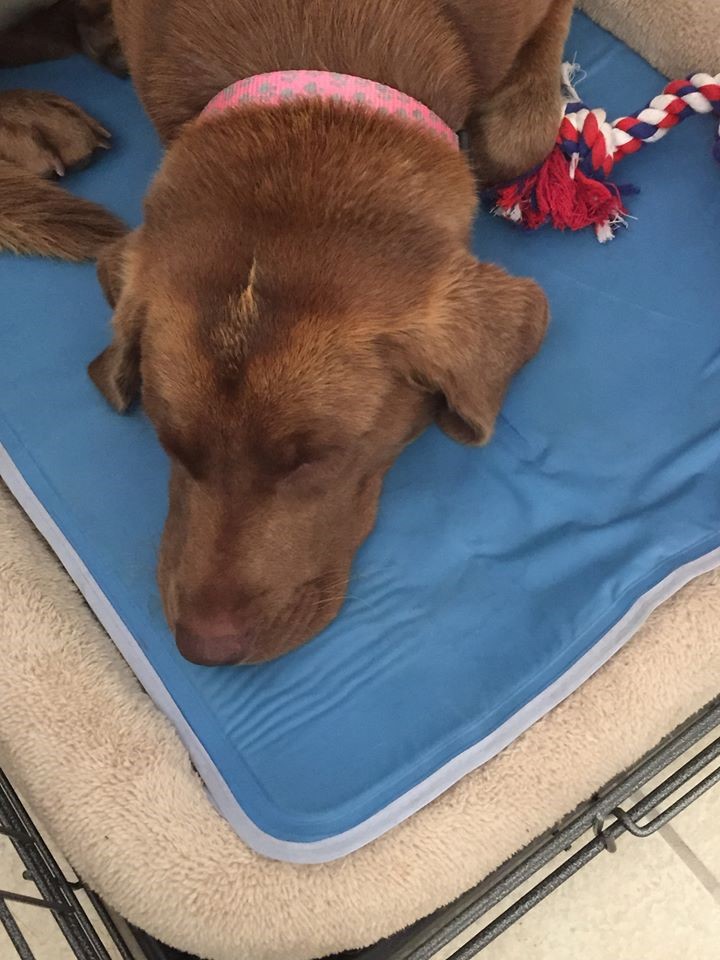
Aspen asleep in her crate.
Intermediate obedience went a little more smoothly, seeing as she did not have as high an excitement level with other dogs once I got her attention back on me. She was also able to graduate and move on to intermediate obedience level 2. It was during intermediate level 2 that our trainer pointed out to me that she thinks she may be a purebred Labrador Retriever, so I got curious and did some research. Apparently there is an American and European style Labrador, with the European style being more broadly built, heavier set, with a blocky head; similar to labs seen in the show rings. Whereas the American style was built more for purpose instead of preference; they are more athletically built, have longer legs, a less blocky head, and a more defined rib cage. It was about the time this class started (I’d owned her for about 5 months) that I noticed a change in the way she behaved when being left in her crate; she used to watch me leave even with a Kong that was frozen with goodies in it for her. I started to notice that she no longer did this, she licked at her Kong contently and ignored the fact that I was even there which was a HUGE improvement for this dog. I had read online that music helps, so I decided to play the music at night first when she was falling asleep to let her associate it with a calm state, then I would play it while she was in her crate. I do think the music helped, and I still play it to this day for her when I leave for class. I have owned her for about 6 months now and she is barely getting to the point where I give her a “leave it” command around other dogs and children, and she listens (some of the time). I have to work hard with getting her attention on me for a couple minutes, more so with other dogs, and once I’ve got her attention on me she does what I have been working so hard with her on; act like there are no other dogs. She loves to work, and by work I mean learn. She has come VERY far with all her obedience classes and the training I do with her on my own.
Training improvements
In a total of six months of training, and through it turning one year old, she went from pulling me on leash all the time and not knowing one command to walking on a loose leash and knowing how to sit. Then from there she learned the command “stand” which is VERY difficult to teach once sit has been taught! She also has gone on to learn “down”, “left, slow” (when making a left turn she has to slow down in order to stay in the heel position), and “right, hurry” (when making a right turn she has to speed up a bit to stay at a heel position). I have also been able to extend the duration to which I ask her for a down stay, and we are currently working on our duration for a sit stay since we are not as good at duration with those just yet. Aspen has also learned “wait” which I use to let her outside or for her to come back inside the house, she also has to wait to get her food, play with her toys, and play with other dogs. The most important command I have taught her is “come”, which we are still working on; she listens well at home or in obedience class but it is still a struggle in outdoor areas, like parks.
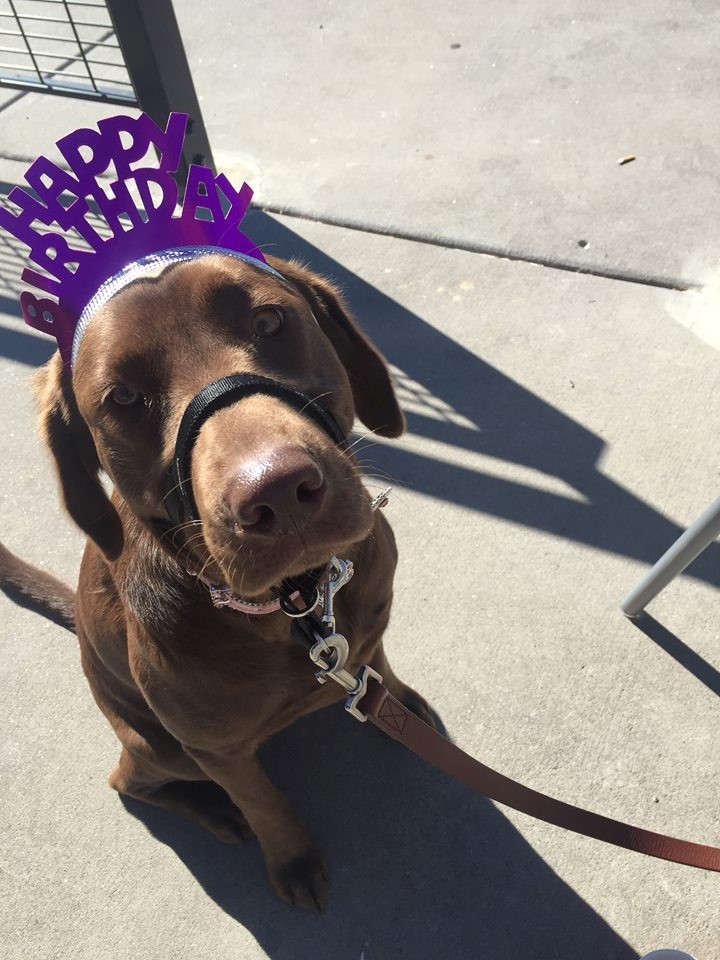
Aspen celebrating turning 1 year old with a pupaccino from Starbucks.
What it is like having a highly intelligent dog
For being so young, Aspen learns new commands very quickly and is a highly intelligent dog that lives to learn. She is one of those dogs that is so smart and motivated to work, that if she is not given a job to do, she easily gets bored and finds something to occupy her time instead. Owning a dog that loves to work has its benefits for me because I love to work with her and do some training each day. I have my reasons for training her at such a high level, which will continue, and even through all our downs we have faced with training issues, I am constantly reminded of the ups of our relationship. I love Aspen very much seeing that she is not the atypical Lab; she loves to work, but at home she is content just lying around all day with me as long as she gets at least two work and two play sessions in per day.
My advice on owning a sporting breed such as a Labrador is, if you do not have the time to exercise a breed like Aspen’s and make sure they are given a job to do to keep them happy, don’t get one because they can become destructive. They are so smart they find ways to occupy themselves by exhibiting the behaviors that are undesirable to owners and this is why so many dogs end up in shelters.
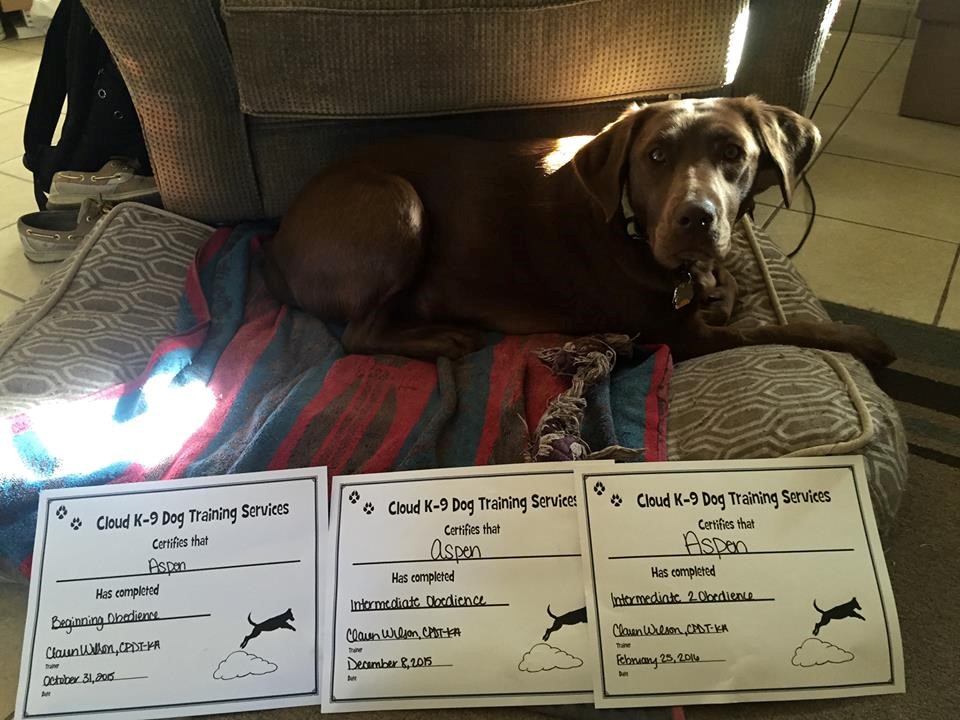
Aspen showing off her training accomplishments.
Dedication to the dog that has already taught me so much
All in all, I could not have asked for a better dog; yes, we still have a long way to go, since she will be working eventually, but I wouldn’t trade her for the world.
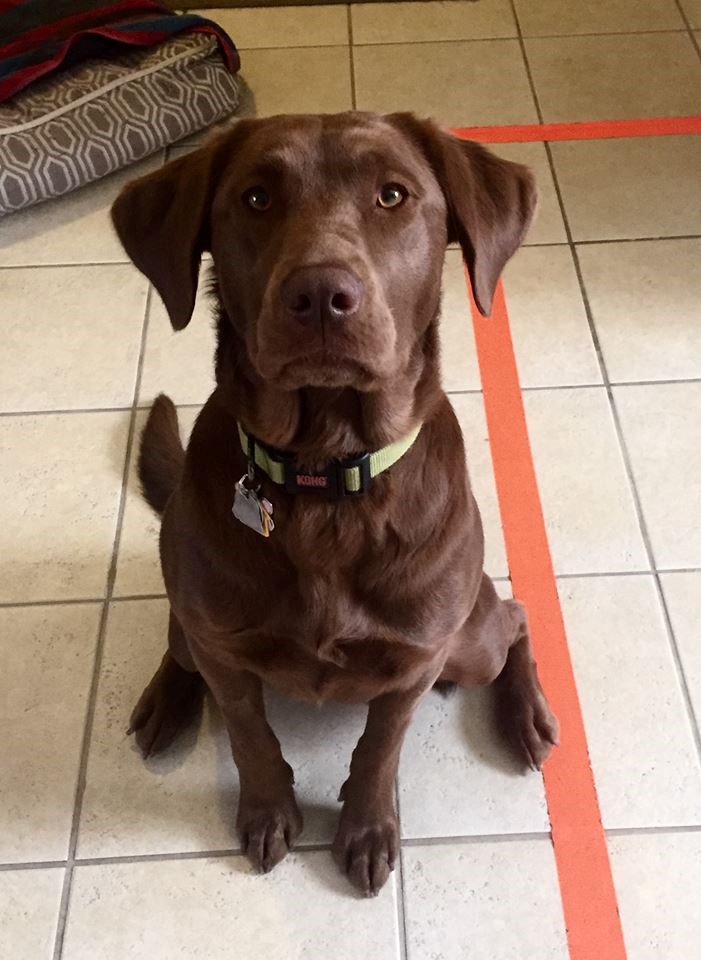
Aspen posing for a cookie.
 Taylor Otero is a First Aid and CPR Certified Dog Handler at Your Pet Space, as well as a Pet Tech Instructor of the same. Currently, she is also a senior at NMSU studying to obtain her B.S. in animal science in May 2016. After graduating, she hopes to get a master’s degree studying animal behavior and welfare, and plans to use that degree in her future as a dog trainer and possible veterinary technician. Taylor wants to own a dog training/daycare/boarding facility one day! She has had dogs, rabbits, horses, cats, birds and turtles.
Taylor Otero is a First Aid and CPR Certified Dog Handler at Your Pet Space, as well as a Pet Tech Instructor of the same. Currently, she is also a senior at NMSU studying to obtain her B.S. in animal science in May 2016. After graduating, she hopes to get a master’s degree studying animal behavior and welfare, and plans to use that degree in her future as a dog trainer and possible veterinary technician. Taylor wants to own a dog training/daycare/boarding facility one day! She has had dogs, rabbits, horses, cats, birds and turtles.

